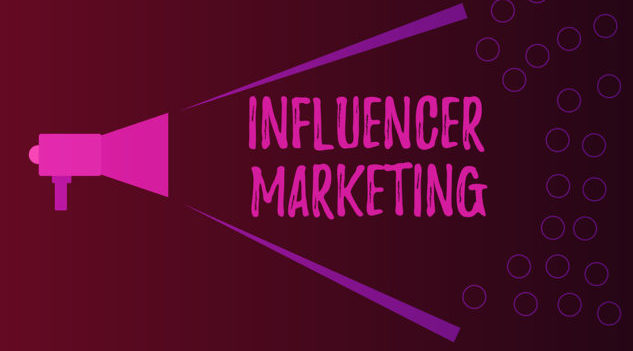Influencer marketing has taken the world by storm. More brands are utilising authentic, ‘everyday people’ to showcase their products and services with incredible results. Influencer marketing as an industry grew from $1.7 billion in 2016 to $13.8 billion in 2021. This year it is projected to reach a whopping $16.4 billion. With the overwhelming amount of product options and brands available, consumers are looking for ways to make confident purchase decisions.
With an 11x higher ROI than traditional advertising, influencer marketing is critical to modern SMEs – in this article, we will go through strategies and methods that your business can implement to ensure that you are leveraging influencer marketing properly.
Set your own budget
Most typical paid marketing strategies come with a set price point or budget, but influencer marketing doesn’t, which means that you, as the SME, have the power to set your own budget.
Your business can control how much you want to spend on influencer marketing by choosing influencers with a certain number of followers and an affordable engagement rate.
Influencers with a more significant number of followers will have a higher price tag – it’s all about research and finding the right person that fits your needs and budget.
Set the brief…clearly!
Most complaints from business owners are based on the influencer not meeting their expectations. My next question is always, did you send them a guideline to follow which includes your expectations? The answer is almost always no! There is no way to meet or measure your goals without a comprehensive guideline in place.
Your collaboration guideline should include the following:
- How much content you require from the influencer as part of the agreement, e.g. the number of Instagram feed posts you require as well as the number of story posts you require.
- A timeline of posting events, that is, when is the influencer expected to post.
- Educational material about your products and services to ensure they use the correct copy/brand voice. Alternatively, give them the copy that they are required to use or ask to approve their post before it goes live.
- A mood board and content examples of what you would like them to post.
User-generated content
User-generated content is created by people rather than brands and influencers – its content is formulated by those who use your products/services and post about it simply because they love what you do. This type of content gives your followers the impression that your business is in demand and trendy – setting a clear perception and instant credibility.
Brand recognition and awareness
When it comes to brand recognition and awareness with your influencer marketing, choose influencers from various industries and audiences. This will ensure you maximise the number of eyes on your business. Suppose you have a large demographic of customers. In that case, it may be better to use multiple influencers that cover smaller segments of that audience than one larger influencer that covers them all.
Social proof
Much like user-generated content, social proof is key to showing that your business is in demand and trustworthy. You can utilise influencers to provide testimonials for your SME, building your social proof and showcasing it to a larger audience. This will also help you build a community around your business.
Content creation
Running low on content? Utilise influencers for some of the day-to-day content creation for your SME – this content can take the form of videos, photos, or story posts. Perhaps you can orchestrate an ‘account takeover’ by an influencer where they post from your account for the day and generate awareness by promoting this to their audience.
Ultimately, influencer marketing for SMEs is possible and underrated. There are exceptional influencers at all price points and the businesses that understand this and know how to best strategise will be the most successful.












